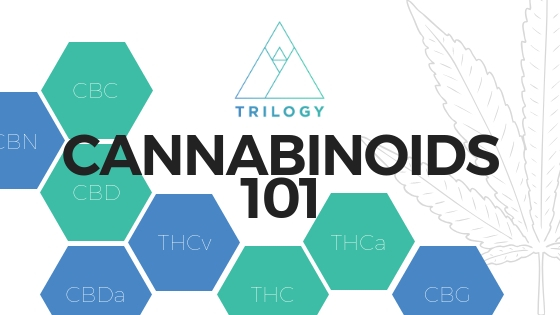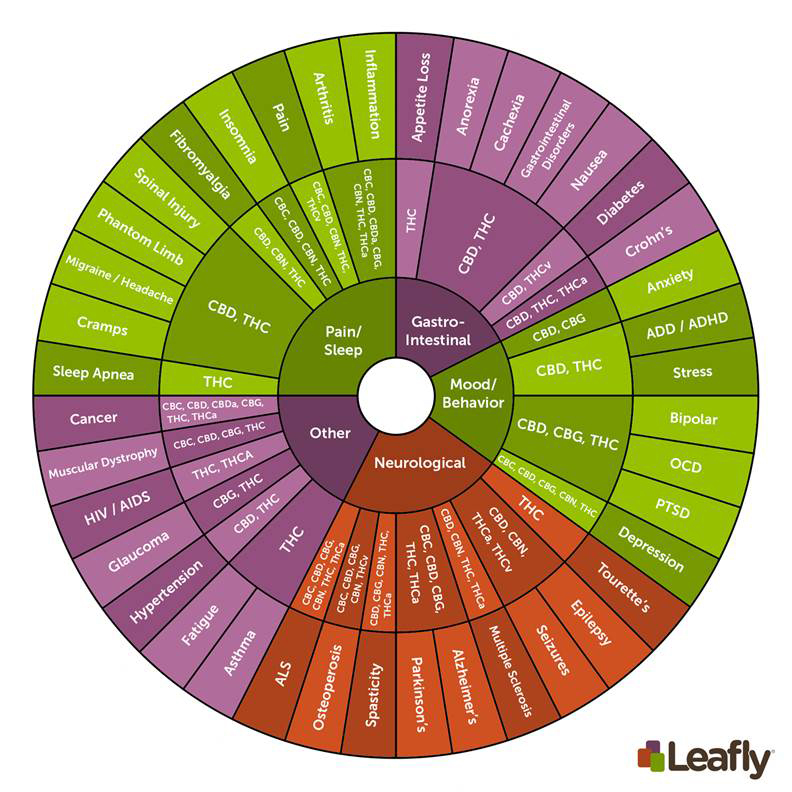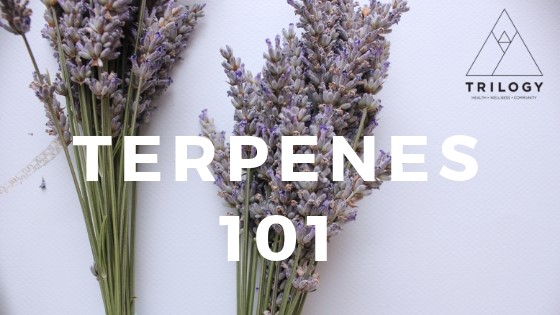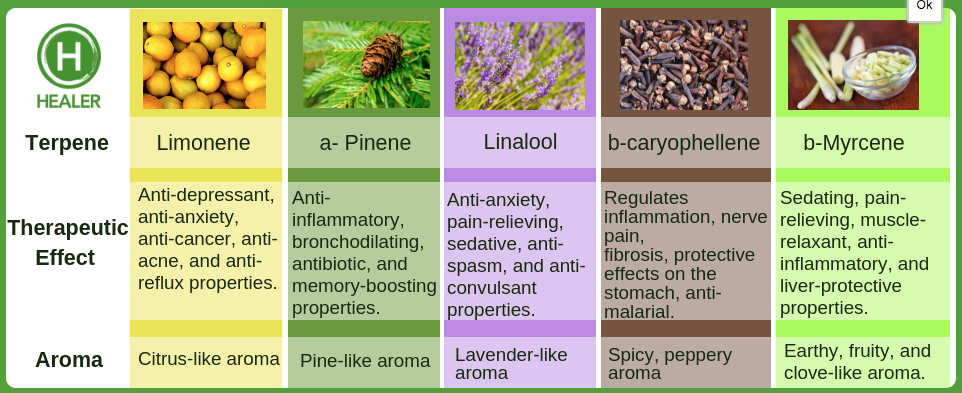Here’s a Few Great Cannabis Recipes for You- Happy Baking!
*Please enjoy responsibly. Remember that edibles do not work as fast as smoking cannabis does and it needs some time for you to feel the effects, but the effects can last 8 hours or more. It is always best to start with less and go from there.
Quick Cannabis Infused Butter (Cannabutter)
| Recipe by Food Republic |
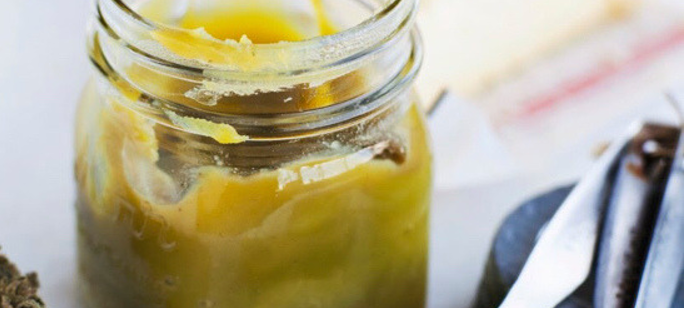
Prep Time: 10 minutes | Cook Time: 1 hour | Level of Difficulty: Easy | Serving Size: 1 /2 cup
Ingredients: 1/2 cup salted butter 1/4 ounce cannabis buds, finely ground
Directions:
1. Melt the butter on low heat in a saucepan. Add the ground buds, and simmer on low heat for 45 minutes, stirring frequently.
2. Strain the butter into a glass dish with a tight-fitting lid. Push the back of a spoon against the plant matter and smash it against the strainer to squeeze out every drop of butter available. When you’re done, discard the plant matter.
3. Use your cannabutter immediately, or refrigerate or freeze until it is time to use. You can easily scale this recipe up for larger batches of cannabutter. One pound of butter (4 sticks) can absorb 1 ounce of cannabis, but you may want to simmer for up to 60 minutes.
Cannabis Infused Cooking Oil
| Recipe by Leafly |
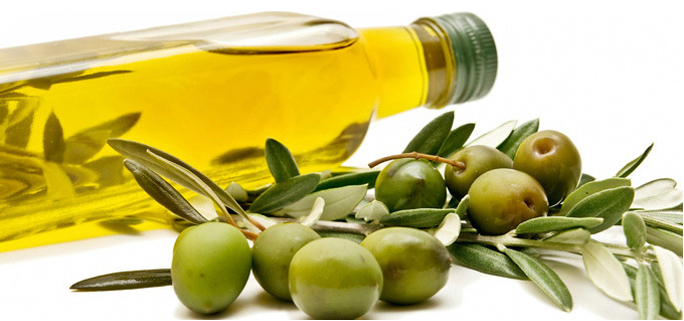
Ingredients:
1 cup of ground cannabis flower (or less for milder potency)
1 cup of cooking oil of your choice
Hardware:
Strainer or cheesecloth Grinder (a simple hand grinder works best; appliances like blenders and coffee grinder pulverize the cannabis, resulting in edibles with bad tasting plant material)
Double-boiler, slow cooker, saucepan, etc.
Directions:
1. Grind the cannabis. You can include the entire plant, just the flower, a little bit of both — this is all a matter of preference. Just keep in mind that anything small enough to fit through the strainer will end up in your finished product, so again, do not grind your cannabis to a fine powder.
2. Combine oil and cannabis in your double-boiler or slow cooker, and heat the two together on low or warm for a few hours. This allows for decarboxylation (activation of THC) without scorching (which destroys the active ingredients). Cooking can be done a variety of ways: in a slow cooker on low for 4-6 hours, stirring occasionally; in a double-boiler on low for at least 6 hours (8 is better), stirring occasionally; or in a simple saucepan on low for at least three hours, stirring frequently (a saucepan is most susceptible to scorching). In all cases, a small amount of water can be added to the mixture to help avoid burning. Note: whatever method you choose, temperature of the oil should not exceed 245°F.
3. Strain and store the oil. Do not squeeze the cheesecloth; this will simply add more chlorophyll to your oil. All remaining plant material can be discarded or used in other dishes if you have the wherewithal. The oil’s shelf life is at least two months, and can be extended with refrigeration.
Best Chocolate Chip Cannabis Cookies
| Recipe by Irresistibly Edible |
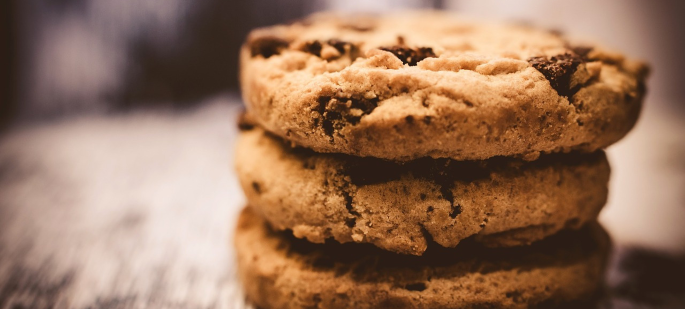
Ingredients:
1/2 cup cannabis butter
1/2 cup white sugar
1/4 cup brown sugar
1 egg
1 tsp vanilla
1 and 1/8 cups of all-purpose flour
½ tsp baking soda pinch of salt
½ cup chocolate chips
Directions:
1. Preheat your oven to 325 degrees Fahrenheit. In a stand mixer or with a hand mixer, cream your cannabis butter and both sugars together until they are well mixed (a few minutes).
2. Add in the egg and vanilla and beat well.
3. Next add in your flour, baking soda and salt and mix until combined.
4. Stir in your chocolate chips and you are ready to spoon your cookies out on to a baking sheet.
5. Take a small spoon and make approximately 1inch balls of cookie dough and place them 2 inches apart on a greased cookie sheet. Flatten them down slightly as cannabis butter does not spread out quite as much as if you were making these cookies with regular butter.
6. Bake them for 12-15 minutes until they are slightly golden. Keep an eye on them as every oven is different and they might
not need quite as much time in your oven.
CBD-Infused Avocado Zinger Smoothie
| Recipe by Leafly |
Start to Finish: 15 minutes | Yield: 2 servings | Approximate Dosage: 5mg CBD per serving
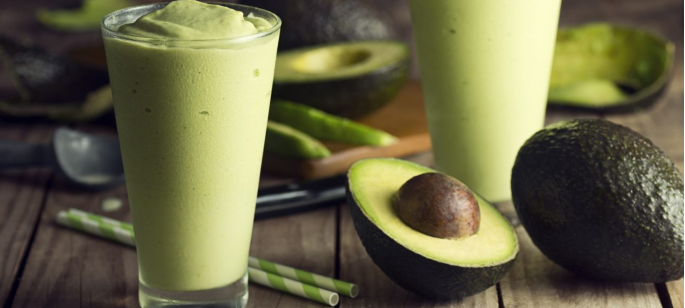
Ingredients:
100mg of CBD tincture
1 ripe avocado
1 small, ripe banana
1 1/2 cups coconut water
1 1/2 tablespoons lime juice
1 tablespoon chopped Thai basil
1 teaspoon grated ginger
1 cup of ice
Agave syrup to taste (optional)
Directions:
1. Halve the avocado and remove the pit.
2. Scoop the flesh from the avocado into a blender.
3. Peel the banana and break it into chunks. Add to the blender.
4. Add the tincture drops, coconut water, lime juice, sugar, ginger and chopped Thai basil.
5. Purée. Add 1 cup of ice and purée until smooth.
6. Pour into 2 glasses and taste. Stir in the agave syrup if desired
Note: The amount of cannabis oil specified in this recipe is a very loose suggestion; the actual amount you use should be modified based on the strength of your cannabis oil and the potency you desire. Dosing homemade edibles can be tricky, so the best way to test for potency is to start with one portion of a serving, wait one to two hours, then make an informed decision on whether to consume more. Always dose carefully and listen to your body, and never drive under the influence of cannabis.
“Crazy for Quinoa” and Cannabis Salad
| Recipe by Leafly |
This recipe makes four 1-cup servings and is vegan, dairy free, and gluten free.
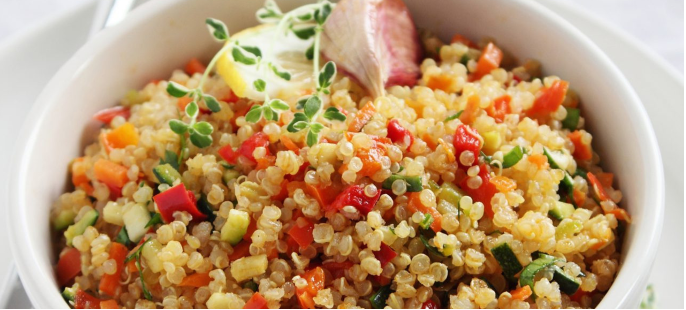
Ingredients:
1/2 cup dry quinoa (makes 2 cups cooked)
1/2 cup red bell pepper, chopped
1/2 cup celery, chopped
1/2 cup red onions, chopped
1/2 cup fresh basil, chopped
1/2 cup fresh cannabis leaves, chopped
4 Tbsp apple cider vinegar
2 Tbsp cannabis canola oil*
2 tsp lemon juice Sea salt & pepper to taste
Hardware:
Pot for the quinoa
Mixing bowl
Knife
Directions:
1. Cook quinoa according to package directions. Once cooked, lay quinoa out flat on a plate and allow it to cool completely.
2. While quinoa is cooling, chop all vegetables, add to a bowl, and set aside. Once quinoa is completely cooled, add it to the chopped vegetables and mix with apple cider vinegar, cannabis-infused canola oil, lemon juice, salt, and pepper.
3. Mix well until all ingredients are coated with the dressing. This salad can be eaten at room temperature or chilled slightly.
Note: The amount of cannabis oil specified in this recipe is a very loose suggestion; the actual amount you use should be modified based on the strength of your cannabis oil and the potency you desire. Dosing homemade edibles can be tricky, so the best way to test for potency is to start with one portion of a serving, wait one to two hours, then make an informed decision on
whether to consume more. Always dose carefully and listen to your body, and never drive under the influence of cannabis.
Cannabis Parmesan & Garlic Pasta
| Recipe by Munchies |
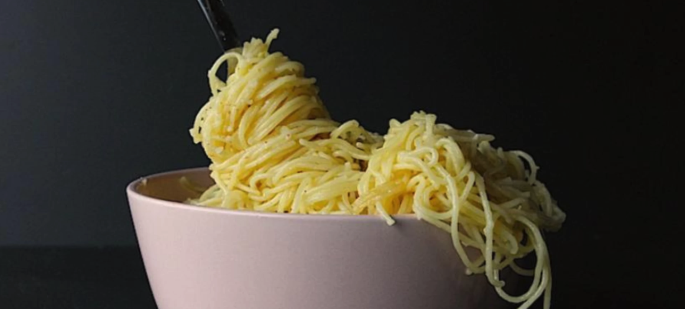
Ingredients:
1 package angel hair pasta
Kosher Salt and Freshly Ground Black Pepper, to taste
4 Tablespoons CannaButter
7 garlic cloves, roughly chopped
3/4 cup Parmesan cheese
Directions:
1. Melt the butter in a large skillet over medium. Add the garlic and cook until light brown, 3 to 5 minutes. Remove from the heat and set aside. It may continue to fry but this is fine as the garlic must have a toasted flavor.
2. Bring a large pot of generously salted water to a boil. Add the pasta and cook, stirring, until soft, about 2 minutes. Drain it, reserving 1/2 cup pasta water. Return the pasta to the pot you cooked it in and add the garlic butter, salt, and pepper. With a large fork and spoon combine the ingredients well, then add 1/2 cup of the grated Parmesan cheese and the pasta water and continue to combine gently. Take a taste and if you feel you need more cheese, go ahead as it’s all up to your taste buds.
3. Transfer the pasta to a large platter and top it with the remaining Parmesan.
Let us know if you try these recipes and love them! Tag us in your Instagram photos @Trilogyhealthmd.


